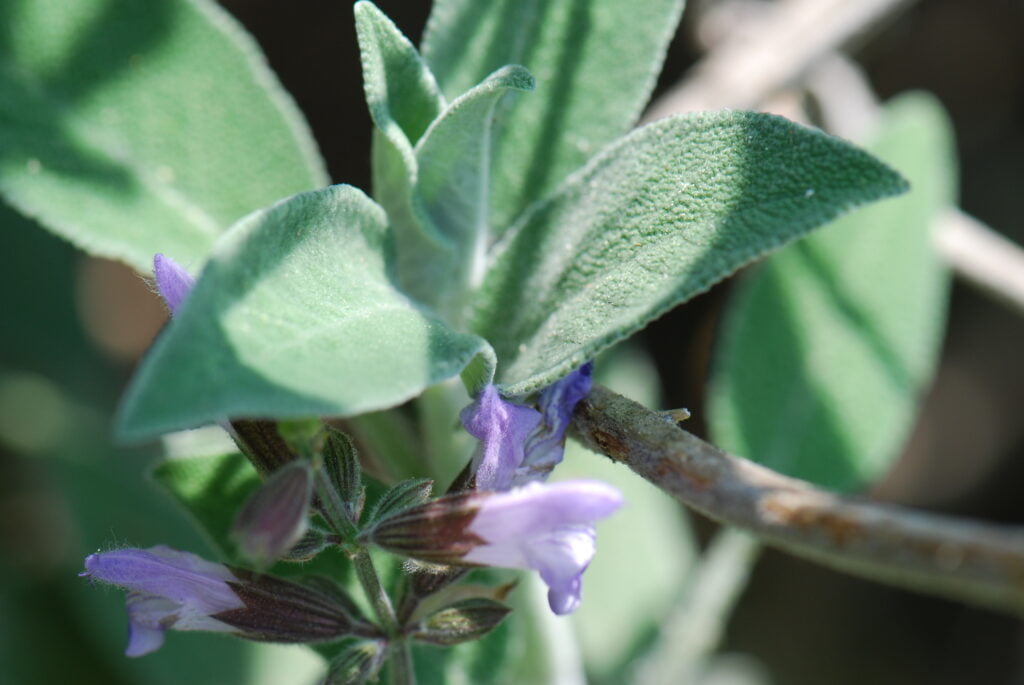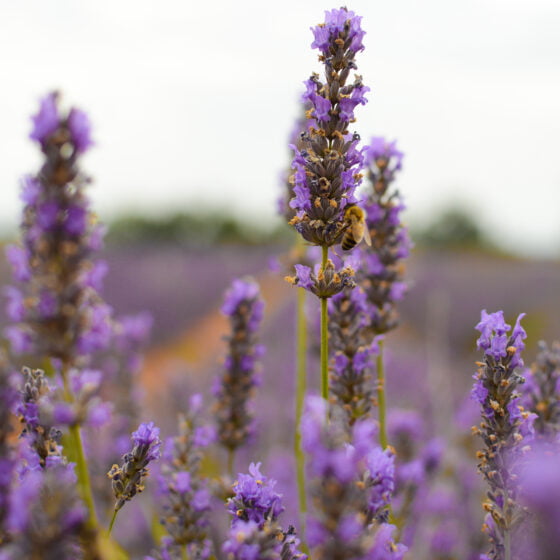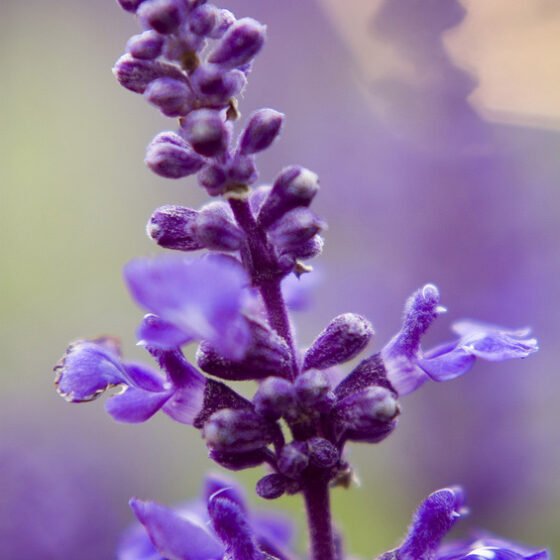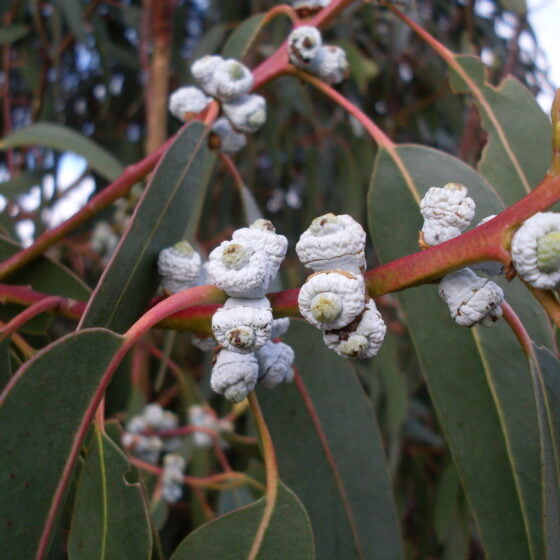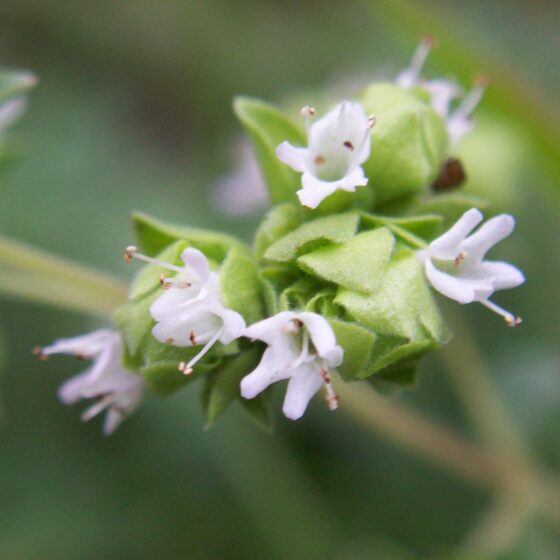
Sage officinale 30% Albania
Salvia officinalis
General data
Harvest Calendar
- J
- F
- M
- A
- M
- J
- J
- A
- S
- O
- N
- D
Product details Fragrance side
Flagship product of oriental fragrances, its essential oil often accompanies other woody notes as well as vanilla or balsamic notes.
About
Salvia officinalis (sage, common sage) is native to Spain, North Africa, and the Balkans and is a perennial herbaceous plant from the same family as clary sage. The erect stems clustered in tufts bear gray-green, velvety, oval leaves and end with short flower spikes. The tube-shaped flowers are an intense blue-mauve. The above-ground parts of the plant are rich with fragrant substances and are harvested before or during flowering. After reaping, the plant material must be quickly set out to dry in the shade. The scent of common sage essential oil is similar to that of camphor-containing medicinal plants, agrestic, herbaceous, bright, and fresh.
Salvia officinalis is a powerful herb. Dubbed the “sacred herb” (herba sacra) by the Romans, the etymology of its botanical name is a nod to its medicinal properties. Salvia comes from the Latin salveo and salvaro, terms that mean “save” and “cure.” As the Provencal saying goes, “He who has sage in his garden needs no doctor,” or the similar Old English adage, “Why should a man die whilst sage grows in his garden?” It has been given many popular nicknames addressing its virtues, such as “herb of life” and “herb of Jupiter.” Considered a panacea in the Middle Ages, it was cultivated at all monasteries and in every garden and was recommended in the estate management text Capitulare de Villis from the reign of Charlemagne. Many things were believed of sage and, as it was deemed to have magical properties, it has become a legendary, mystical plant.
Fragrance side
Flagship product of oriental fragrances, its essential oil often accompanies other woody notes as well as vanilla or balsamic notes.
About
Salvia officinalis (sage, common sage) is native to Spain, North Africa, and the Balkans and is a perennial herbaceous plant from the same family as clary sage. The erect stems clustered in tufts bear gray-green, velvety, oval leaves and end with short flower spikes. The tube-shaped flowers are an intense blue-mauve. The above-ground parts of the plant are rich with fragrant substances and are harvested before or during flowering. After reaping, the plant material must be quickly set out to dry in the shade. The scent of common sage essential oil is similar to that of camphor-containing medicinal plants, agrestic, herbaceous, bright, and fresh.
Salvia officinalis is a powerful herb. Dubbed the “sacred herb” (herba sacra) by the Romans, the etymology of its botanical name is a nod to its medicinal properties. Salvia comes from the Latin salveo and salvaro, terms that mean “save” and “cure.” As the Provencal saying goes, “He who has sage in his garden needs no doctor,” or the similar Old English adage, “Why should a man die whilst sage grows in his garden?” It has been given many popular nicknames addressing its virtues, such as “herb of life” and “herb of Jupiter.” Considered a panacea in the Middle Ages, it was cultivated at all monasteries and in every garden and was recommended in the estate management text Capitulare de Villis from the reign of Charlemagne. Many things were believed of sage and, as it was deemed to have magical properties, it has become a legendary, mystical plant.
Other type of extracts
(Aromatic)
